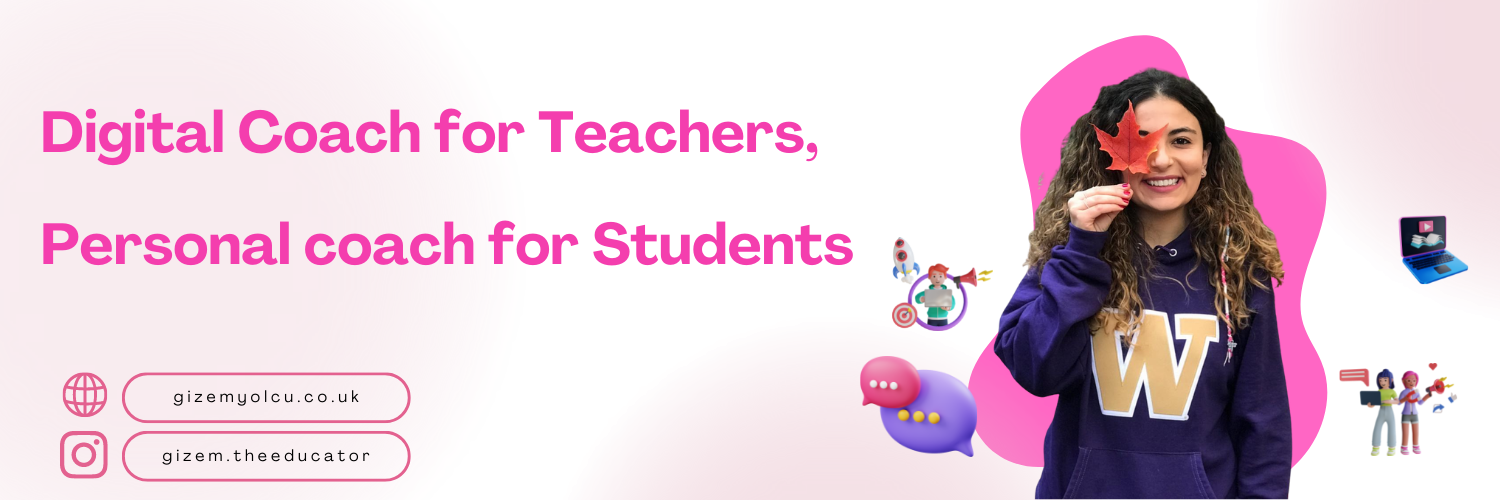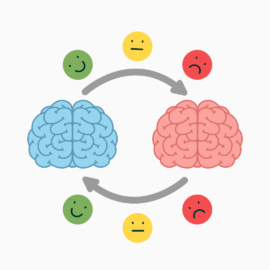
Considering the recent developments in technology, adults tend to play the refrainers as it takes time to finally internalize the changes in technology. However, lots of studies have shown that the integration of technology in classroom instructions mostly had positive effects on students’ learning. Likewise, employing an instructional framework to enhance the effectiveness of the technological classroom will surely affect student performance positively. As an example of that, we can consider using Understanding by Design (UbD) while planning our lessons.
Understanding by Design (UbD) is a framework for designing educational curricula, instruction, and assessment. It is based on the idea that curriculum and instruction should be designed based on what students should understand and be able to do, namely objectives, rather than starting with the content or activities to be covered.
The framework includes three key components:
1) Desired results (what students should understand and be able to do)
2) Assessment evidence (how student understanding will be measured)
3) Learning plan (the instructional activities and strategies that will support student learning)
The goal of Understanding by Design is to create more effective and efficient learning experiences for students. As McTighe and Seif claim in their research study (McTighe & Seif, 2011) “UbD reflect contemporary views of learning based on research in cognitive psychology and are validated by specific studies of factors influencing student achievement” as it mainly focuses on a deep understanding of knowledge as well as promoting the active learning process.
Another study by Newmann et al. found that when schools implemented the Understanding by Design framework, they saw an increase in student achievement. This is because the framework emphasizes a focus on understanding and encourages students to apply their knowledge in real-world contexts. The study also found that when teachers used the framework to design their curriculum and assessments, they were better able to align their instruction with the learning goals and provide students with more opportunities for active, engaged learning. Additionally, it revealed that the framework helped teachers to better understand the structure of their subjects and use this knowledge to guide their teaching and assessments, which in turn led to better student achievement. Overall, the research on cognitive psychology and the study by Newmann et al. support the effectiveness of the Understanding by Design framework in improving student learning and achievement.
For my Community Engagement Project, I intend to create an interactive Augmented Reality Science Class for my 8-year-olds at the Turkish school named ATAWA.
Before the implementation, I had an introduction session where I introduced AR and the concept of digital citizenship to my students. The excitement in their eyes was literally telling me to start the AR class right away as this was their first interaction with AR. The introduction part went very well and prepared them for the idea of tool use in the classroom not toy play. Before letting them engage in the process, I explained what we are all supposed to get by the end of the class. As a teacher, I find it significant to explain the objectives at the beginning of the sessions and review what we have achieved at the end of the sessions. I believe this provides students with a sense of goal attainment which they need to acquire as a life skill.
As a first step, I modelled the activity for them and then asked my assistant to help the students just in case they couldn’t manage the device and cards at the same time. As expected, the students were high-level digital natives and they didn’t need any assistance. Designing a U-shaped classroom setting helped us to take turns while using the tablet. I could see how gamification is important and effective in students’ learning. The only side effect was that students were too engaged in the game part and mostly ignored the note-taking part. To prevent that, my assistant and I were repeating the reminders. When we finished the AR part, I proposed a warm-up question asking the students which cell type they liked most, why and what kind of cell type they will draw as their assignment. Most of them had an idea of what they were planning to draw while a few of them asked me some follow-up questions to clarify their plans. To enhance their inner motivation for independent design, I let them know the rest of our activities.
The next week, we started the class with a quick review using EdPuzzle, which helped them refresh what they have learnt. After distributing the peer evaluation forms, I briefly explained what peer feedback is and why fairness is important while giving feedback. Each student had a chance to speak up and present their work, the feedback forms were handed out to the presenter. I could see how important it is to read their feedback forms and to have a chance to advocate for themselves when they thought some feedback was unfair. During the evaluation phase, I thought most education systems lack the teaching of constructive feedback, which made me decisive in working on that.
Overall, as a teacher, I tried my best to provide a better learning environment for my students and I realized the project ran better than I expected. As a reason for that, I can frankly say kids are digitally literate and I could only provide them with a different perspective where they could see they can make use of what they digitally enjoy at school as well. Most of the kids asked me, after the session, how they can get AR cards and if we will have another chance to do a similar activity. I think it is not wrong to claim that this would be a proud moment for all teachers.
References
Newmann, F. M. (1996). Authentic Achievement: Restructuring Schools for Intellectual Quality. Wiley.com.
McTighe, J., & Seif, E. (2011). A Summary of Underlying Theory and Research Base for Understanding by Design [web log]. Retrieved 2023, from https://www.jaymctighe.com/wp-content/uploads/2011/04/UbD-Research-Base.pdf McTighe, J., & Wiggins, G. (2012). The Understanding by Design Guide to Advanced Concepts in Creating and Reviewing Units.



